How To Make a Charcuterie Board for Your Next Cocktail Party
Charcuterie is a French word that means “cooked meats”. Serving a Charcuterie board at a party is one of my favorite things to present my guests. They may look fancy but they are surprisingly easy to create! Mainly consisting of a variety of cheeses, meats, and crackers with a mix of dried fruits and fresh fruits.
Creating you board is as simple as breaking your board up into categories, then choosing a mixture of ingredients that compliment each other. For example, charcuterie boards should have soft, easy to grab meats on it that are already sliced ( prosciutto is always a favorite ), in addition to harder meats that need cutting (like a log of salami or soppressata). Since the harder meats need to be sliced, they’re often placed alongside harder cheeses, like a block of smoked cheddar or Manchego. Many boards also include soft, spreadable cheeses, like goat cheese or brie, but you can mix in any spread or dip to get the same richness, like hummus.
Once you have your cheeses, meats and fruits figured out, it’s time to decorate with all the beautiful details. Think crackers, jams, breads, olives, nuts, dried figs for “fall parties” or fresh fruit, and whatever else you fancy. A french baguette is a perfect ingredient to serve up all the flavors of a board. Cut the loaf into slices about 1/4 inch thick. Brush with olive oil and toast.
For your presentation, you’ll need a flat surface to serve everything on, like a pretty wooden board or a cheese platter. Small tags for each component are both cute and helpful, while little bowls and plates used to hold preserves or fruit can add color and elegance to the spread.
Make sure you have proper cheese knives for cutting into the semi-hard cheese, meats and for spreading the soft cheese.
Be sure to serve your favorite wine or champagne while indulging the night away.
Keep Reading for more on what meats and cheeses are the most popular to serve.
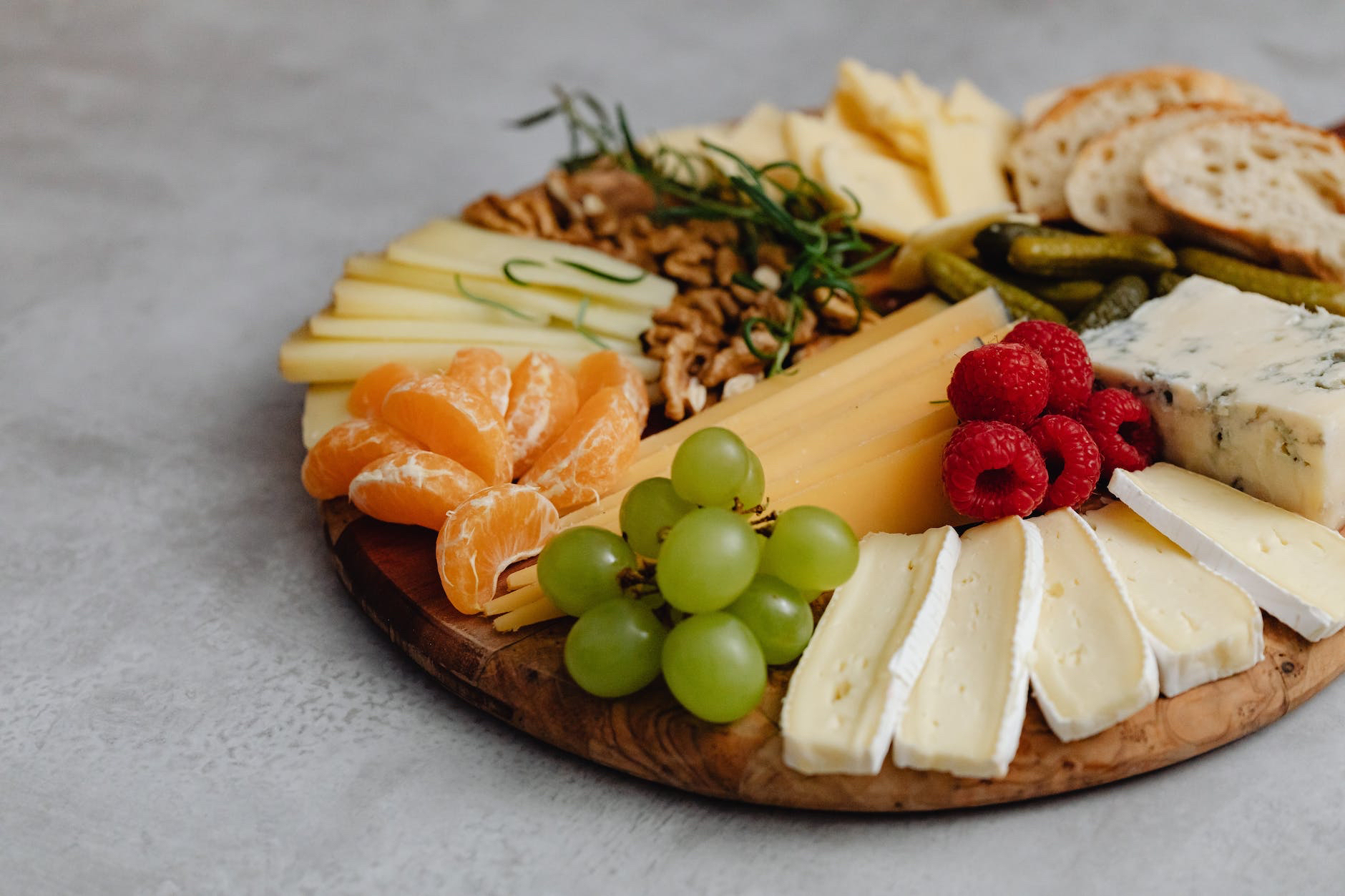
A Delightful Guide to Exploring Cheeses and Meats for Your Charcuterie Board
Creating a captivating charcuterie board is an art that combines the rich flavors and textures of cheeses and meats. Whether you’re a seasoned charcuterie enthusiast or a curious beginner, understanding the diverse world of these delectable ingredients is key to crafting a truly remarkable spread. In this article, we’ll explore some of the most popular types of cheeses and meats, giving you a glimpse into their distinctive characteristics and flavors. Prepare your taste buds for a delightful journey through the world of charcuterie!
Cheeses for Charcuterie:
-
Brie: Known for its creamy texture and delicate flavor, Brie is a classic choice for charcuterie boards. Encased in a soft rind, this French cheese offers a buttery taste with hints of earthiness. Pair it with fresh fruits, like grapes or sliced apples, and a crusty baguette to enhance its indulgent qualities.
-
Cheddar: A versatile and widely loved cheese, Cheddar comes in various forms, from mild to extra sharp. Its tangy and slightly nutty taste pairs well with cured meats and savory accompaniments. Consider including both aged and smoked Cheddar to add depth and complexity to your charcuterie board.
-
Gouda: Originating from the Netherlands, Gouda is a semi-hard cheese with a smooth and creamy texture. It boasts a slightly sweet and nutty flavor that appeals to a wide range of palates. Pair it with cured meats, such as prosciutto or salami, and some tangy pickles for a well-rounded taste experience.
-
Blue Cheese: For those who appreciate bold and pungent flavors, blue cheeses like Roquefort, Gorgonzola, or Stilton are excellent choices. With their distinctive blue veins and creamy texture, these cheeses provide a robust and tangy taste. Pair them with sweet accompaniments like fig jam or honey for a delightful contrast.
Meats for Charcuterie:
-
Prosciutto: Hailing from Italy, prosciutto is a dry-cured ham with a silky texture and delicate flavor. Its melt-in-your-mouth quality makes it a charcuterie staple. Wrap thin slices around melon or pair it with mild cheeses to create a harmonious balance of flavors.
-
Salami: Salami, a type of dry-cured sausage, is characterized by its intense, savory taste and rich aroma. There are various regional variations, such as Italian Genoa, spicy Calabrese, or Hungarian salami. Its robust flavor pairs well with a variety of cheeses and adds a satisfying bite to your charcuterie board.
-
Chorizo: Originating from Spain, chorizo is a flavorful and spicy sausage made from pork, seasoned with paprika and other spices. It delivers a distinctive smoky taste and adds a touch of heat to your charcuterie board. Pair it with a milder cheese, such as Manchego, and some crusty bread for a delightful combination.
-
Coppa: Coppa, also known as capocollo, is a dry-cured and marbled Italian cold cut made from pork shoulder. It offers a rich, savory flavor with hints of spices and herbs. Slice it thin and drape it on your charcuterie board alongside complementary cheeses and pickled vegetables for a burst of flavor.
Crafting a captivating charcuterie board involves carefully selecting a variety of cheeses and meats to entice and delight your guests’ taste buds. From creamy Brie to tangy blue cheeses, and from delicate prosciutto to robust salami, the possibilities are endless. Experiment with different combinations, textures, and flavor profiles to create a harmonious balance of tastes on your charcuterie board. Remember to consider the preferences of your guests and offer a diverse selection that caters to various palates.
As you embark on your charcuterie journey, don’t be afraid to explore lesser-known cheeses and meats that pique your curiosity. Local artisanal varieties or international specialties can add a unique touch to your spread, sparking conversation and expanding culinary horizons.
Additionally, consider incorporating a mix of textures and accompaniments to enhance the overall experience. Add crunchy elements like toasted nuts or breadsticks, tangy pickles or olives, and a touch of sweetness with dried fruits or chutneys. These additions will provide contrasting flavors and textures, elevating your charcuterie board to new heights.
Lastly, presentation is key. Arrange your cheeses and meats artfully, ensuring a balance of colors and shapes. Use separate knives for each cheese to maintain their distinct flavors, and provide small labels indicating the types of cheese and meat for easy identification.
Now that you have a solid understanding of some popular cheeses and meats, it’s time to unleash your creativity and embark on your charcuterie adventure. Explore local markets, visit specialty cheese shops, and experiment with different flavor combinations to curate a charcuterie board that delights the senses and leaves a lasting impression on your guests.
So, gather your favorite cheeses, select an array of mouthwatering cured meats, and let your charcuterie board become a canvas for culinary artistry. Cheers to the joy of sharing good food, good company, and the delightful world of charcuterie!
Stay Fancy!
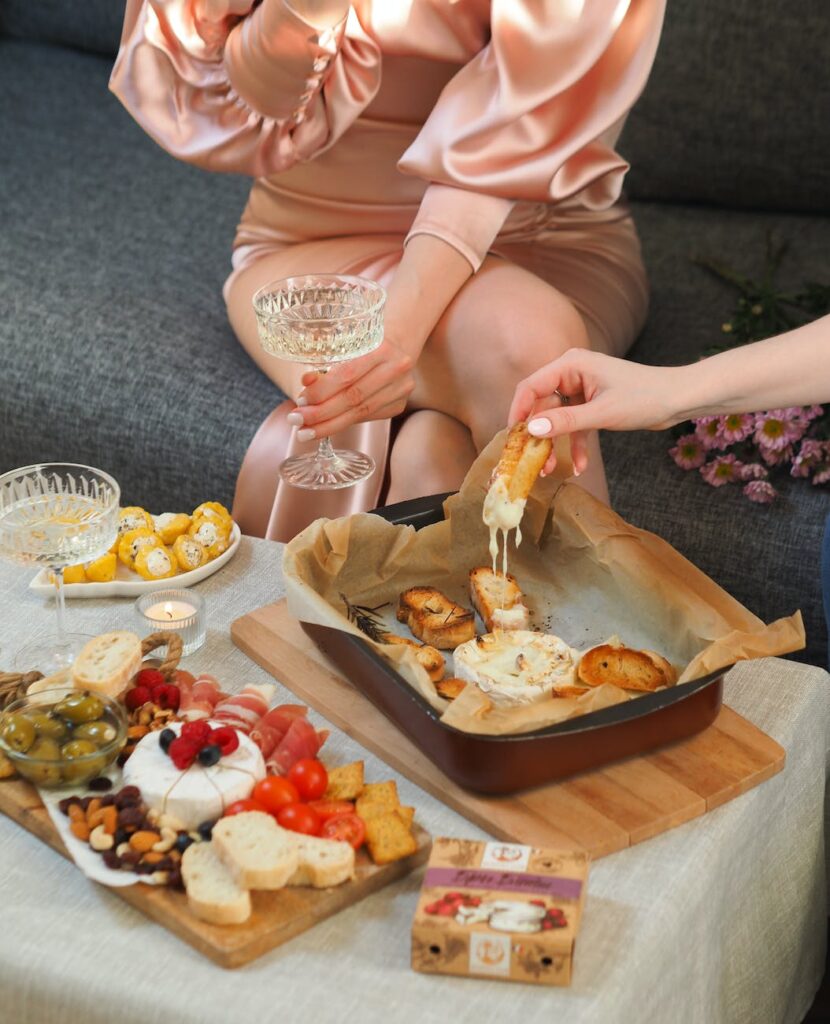
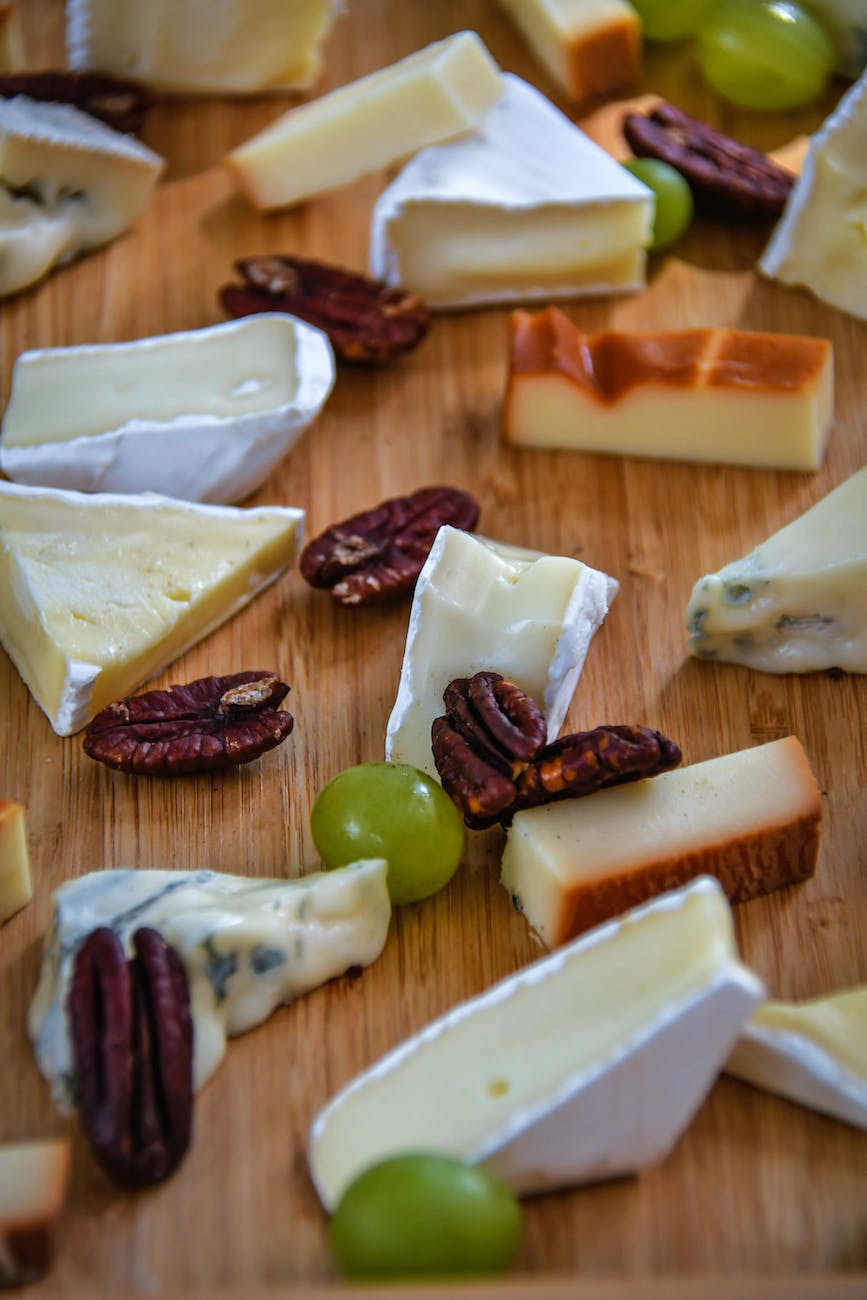
I hope you enjoyed reading, How To Make A Charcuterie Board For Your Next Cocktail Party. You may also love Fancy Charcuterie Boards and seasonal delights!


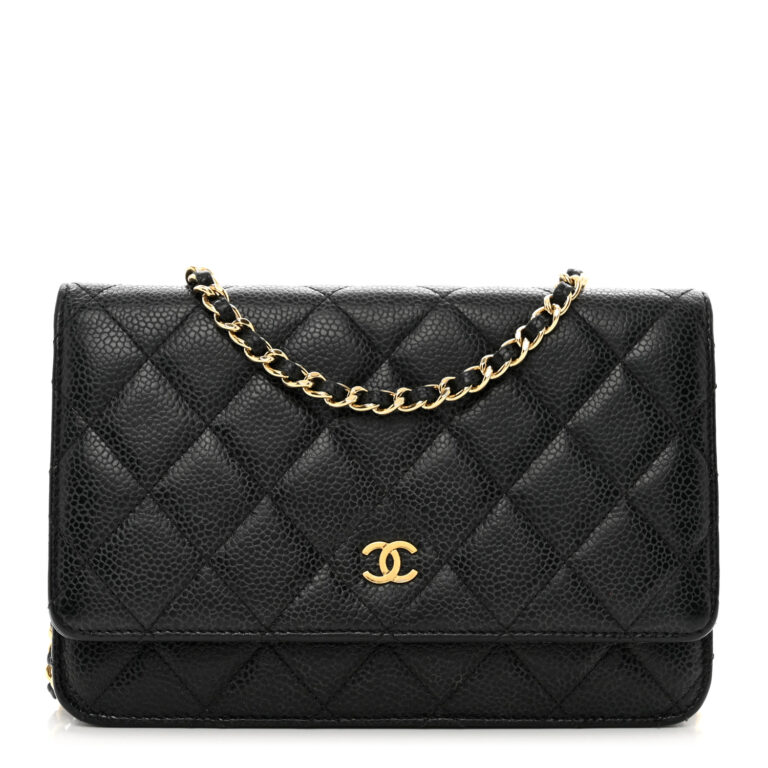
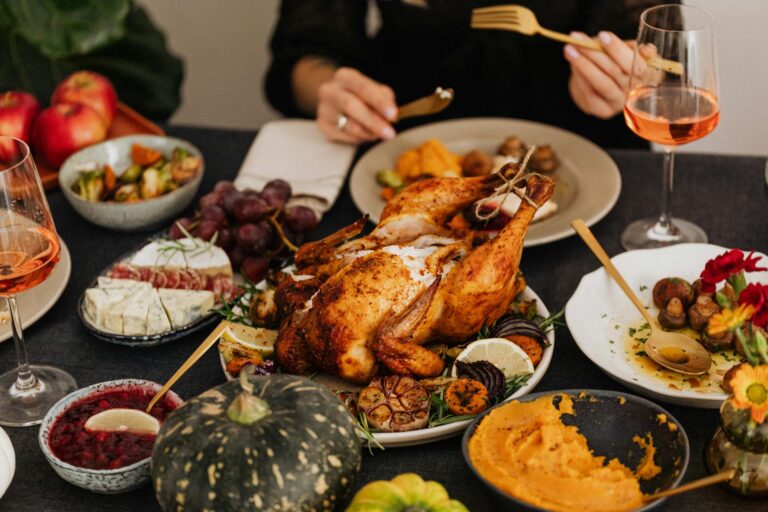



One Comment
Comments are closed.